Everything Homeowners Should Know Before Scheduling a Carpet Installation
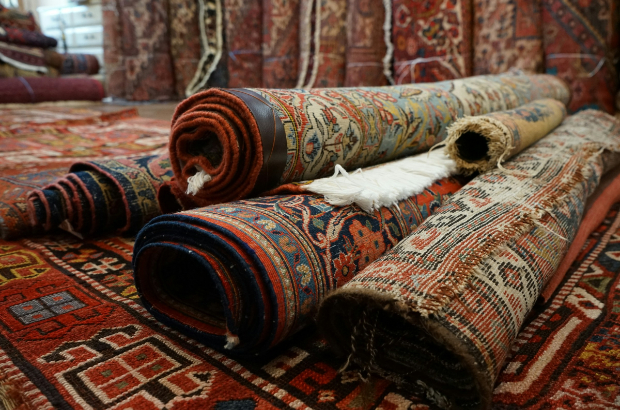
We are reader-supported. When you buy through links on our site, we may earn an affiliate commission.
Installing new carpet is one of the most effective ways to transform your home. It softens noise, adds warmth and comfort underfoot, and instantly refreshes tired rooms. However, getting results starts before the first roll of carpeting is even offloaded. Whether you’re a homeowner updating your floors, a realtor preparing a listing or a renovator tackling a major project, a smooth carpet installation starts with the proper preparation and expectations.
Here’s what to expect and know before scheduling your carpet installation.
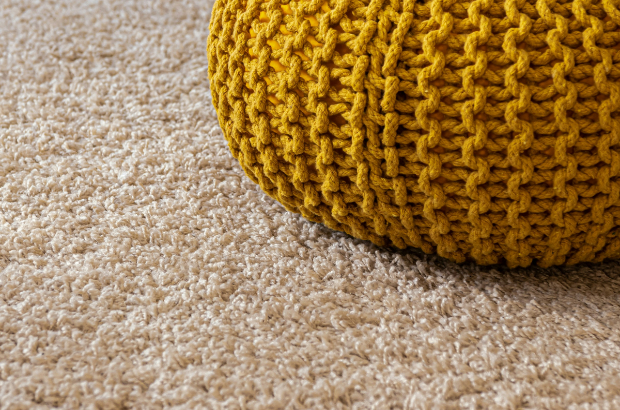
Why Carpets Need Replacing
Carpets don’t last forever. Even high-end options typically need replacing every 5-15 years due to wear, fading or stains. Replacing your carpets isn’t just about aesthetics — it can also improve indoor air quality, eliminate allergens and create a more comfortable space. When you have a child or a pet-friendly home, carpets may take quite a beating and need more frequent replacement.
You may notice the following signs that indicate it’s time for a new wall-to-wall rug fitment:
- Matted or crushed fibers that don’t bounce back anymore
- Persistent odors despite deep cleaning
- Visible damage like tears, fraying or discoloration in areas with high foot traffic or sun exposure
What to Expect After Calling a Carpet Company
Once you contact a professional carpet installer or retailer, you’ll typically meet with them and they will explain all the steps of the installation process, including stock availability and costs. They will go through these steps with you:
- In-home measurement: A professional will measure rooms and assess your subflooring.
- Carpet selection: You’ll choose your preferred style, color and material to suit your space and budget.
- Quote and timeline: The installer will provide a complete quote for materials, labor and additional services like old carpet removal and furniture moving. Ensure you receive a detailed written quote and not a verbal promise. The company will also give you a timeline estimate, which may depend on the quality of your subflooring.
- Scheduling: You’ll set an installation date once materials are ready.
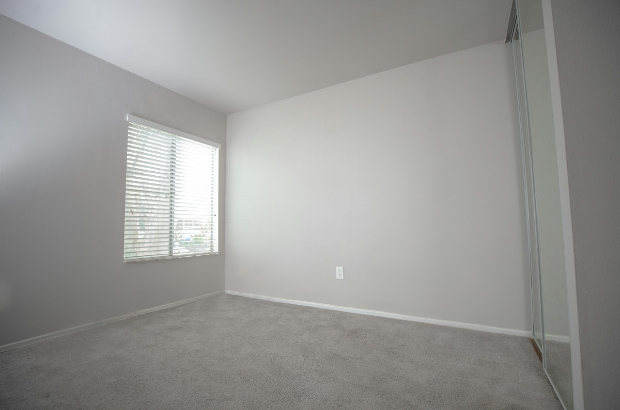
Understanding Carpet Installation Cost
Carpet installation costs vary depending on the size of your space, the type of carpet and any prep work needed. However, removing your old carpets the day before the installation can save you $5 per square foot, which is handy if you have sufficient skill to strip out the old rug.
For installation, where the professionals provide specialized labor, the carpet, underlay, and any necessary hardware for the fitment, you can expect to pay $1,780 for a standard 330-square-foot living room. However, depending on your product choices, this could be as low as $781 or as high as $2,812 or more. Depending on the type, you can budget to pay $30-$50 for a square yard of carpet.
Carpet materials influence the price, and you can expect to pay accordingly:
| Carpet type | Average square foot cost |
| Polyester | $1-$3 |
| Wool | $4-$20 |
| Olefin | $1-$3 |
| Acrylic | $3-$8 |
| Cotton | $2-7 |
Other factors that influence your costs include:
- The area being covered since stairs and passageways cost more than a standard room.
- The type of underlay or padding chosen.
- Necessary hardware like carpet tack, glue or joining methods.
- Hassle with old carpet removal, which may cost more labor to remove.
- Concrete coating for solid floors or pest treatment and rebuilding to repair wooden underflooring.
- Unforeseen challenges during the installation process include disposal costs, hiring additional equipment for large-scale installations and homeowners association requirement compliance.
What to Ask Before Signing Your Carpet Installation Quote
Before paying your deposit or signing a contract with the installer, you should ask these vital questions, which any reliable company will answer without any hesitation:
- Is old carpet removal included in the quote?
- Will furniture moving be handled, or is that my responsibility?
- What kind of warranty comes with the installation?
- Are seams and pattern matching part of the quote and labor?
- What’s the timeline, and how long will installation take?
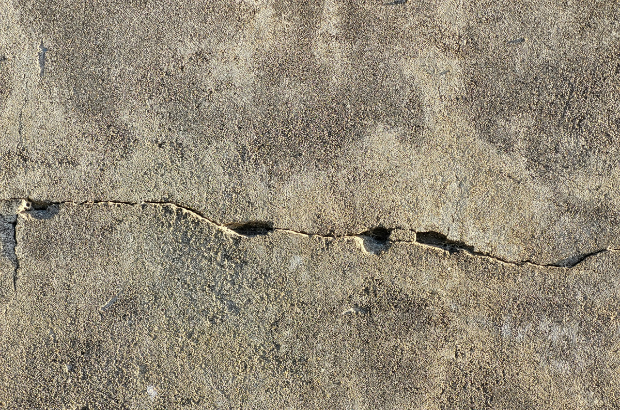
Step-by-Step Professional Carpet Installation
Getting carpets professionally laid follows the same steps, regardless of the installer. The timeline you can expect is as follows:
| Activities | Time frame — depending on the space size |
| Removing old carpet, subfloor inspection and repair | 1-2 days |
| Underlay and padding installation | Half a day |
| Cutting and laying the carpet | Half a day |
| Tucking under baseboards, cleanup and inspection | Half a day |
| Total: | 2-3 days |
1. Subfloor Preparation
If this is part of their service, the team removes furniture and strips the carpet. They clean out the space, removing any dust or contaminants. Next, they thoroughly inspect the subfloor, ensuring it’s level and has no depressions or signs of water damage. Professionals will level out the floor and leave it to dry before installing.
If your subfloor shows signs of termites and mold, address this before proceeding, as this will affect the initial quote.
2. Padding and Underlay
A cushioning material is laid to extend the carpet’s lifespan and improve comfort. Avoid skipping this or choosing inferior padding. Underlay can add years to your carpet’s life and ensure it doesn’t run or wrinkle.
3. The Laying Process
The rolled carpet is measured, cut and stretched using power tools for a tight fit. Baseboards are installed to hide the edge of the carpet and provide a neat finish. For large spaces, the yard measurement may be insufficient, which means the installer will join the rugs with a specialized sewing machine. This ensures the edges don’t fray or separate with foot traffic.
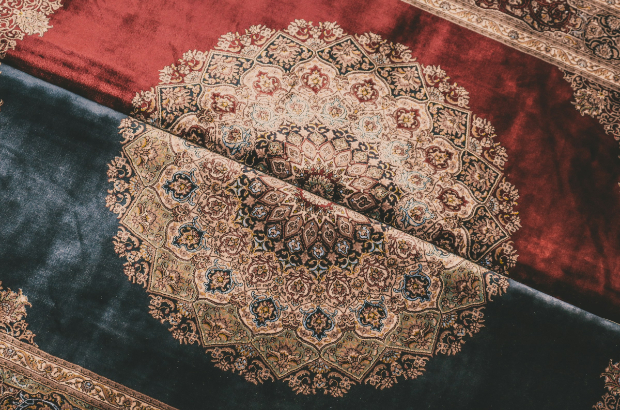
4. Seaming and Trimming
Once the joints are all bonded, the excess carpeting is trimmed off. Ensure you check whether your quote includes off-cuts, which can be handy to keep for repairs or to make smaller dirt rugs at doorways.
5. Tucking Edges
The installer will professionally tuck all edges under the baseboards and check the carpet tension to ensure it won’t run or cause wrinkles.
6. Final Vacuum and Inspection
The team should vacuum the carpet and check for any missed details. At this point, you should walk the area with the installer, ensuring you notice any fraying, marks or tension pulls. Remember, the rug will initially shed slightly for longer pile types, which is normal, as long as no bald patches appear. If you notice any surface changes within a few weeks of installation, you should immediately contact the installer for repairs or tension adjustment.
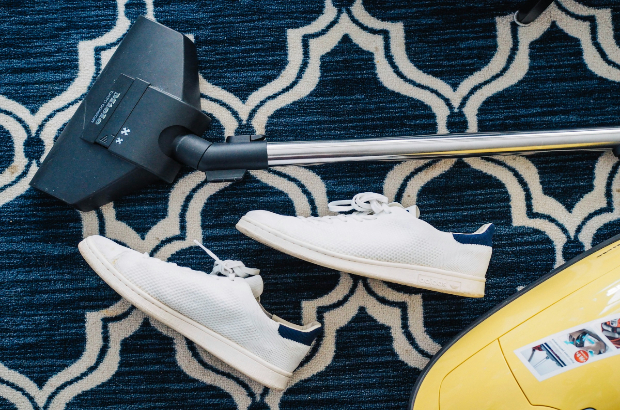
What You Should Check During Inspection
Always be on hand to walk with the installer during the final inspection. Check for correct alignment, with patterns matching and edges running parallel to the walls. The seams should be tight and all edges must be secure without fraying or gaps. The carpet must be flat, with no ripples or bubbles.
Remember, fixing a minor issue on the spot is easier than struggling once the team leaves the site.
Post-Installation Musts
While you’re itching to move back into your room, you should avoid moving heavy furniture back onto the floor for at least 24 hours to prevent indentations. Fit correctly sized furniture sliders under all heavy items to distribute the weight over the carpet to avoid leaving marks.
Open the windows for several hours to ventilate the space and clear out new-carpet odors. Vacuum the carpet as usual within a day or two to check that it hasn’t moved.
Carpet Care Basics
Vacuum and clean spills immediately to avoid staining your new carpet. If you have pets, use an enzyme-based cleaner to remove stains or smells.
A professional cleaning every 12-18 months will help maintain the fiber pile. If you lay carpeting in damp-prone areas like basements, install a dehumidifier to avoid carpet rot and damage.

FAQ
How Do I Schedule a Carpet Installation Appointment?
Call or visit your local carpet detailer or showroom. They will schedule an in-home appointment with a walk-through and detailed measurement while explaining the carpet choices and timelines.
How Do I Prepare for Carpet Installation?
Clear the breakables and personal items from the room. Remove furniture and clear walkways to move heavy equipment and materials into the space. Arrange for your kids and pets to stay out of the way.
Can I Install a New Carpet Quickly?
If you choose a carpet that’s in stock, installation can happen in less than a week. Custom orders may require ordering stock and waiting for specialized technicians to be available, which can take a week or more.
Make the Most of Your Carpet Investment
Adding fresh carpets to your home is a substantial upgrade, but with the proper preparation, it’s worthwhile. With the right questions to ask, a little effort and some basic know-how, you can approach your flooring project with clarity and confidence.







